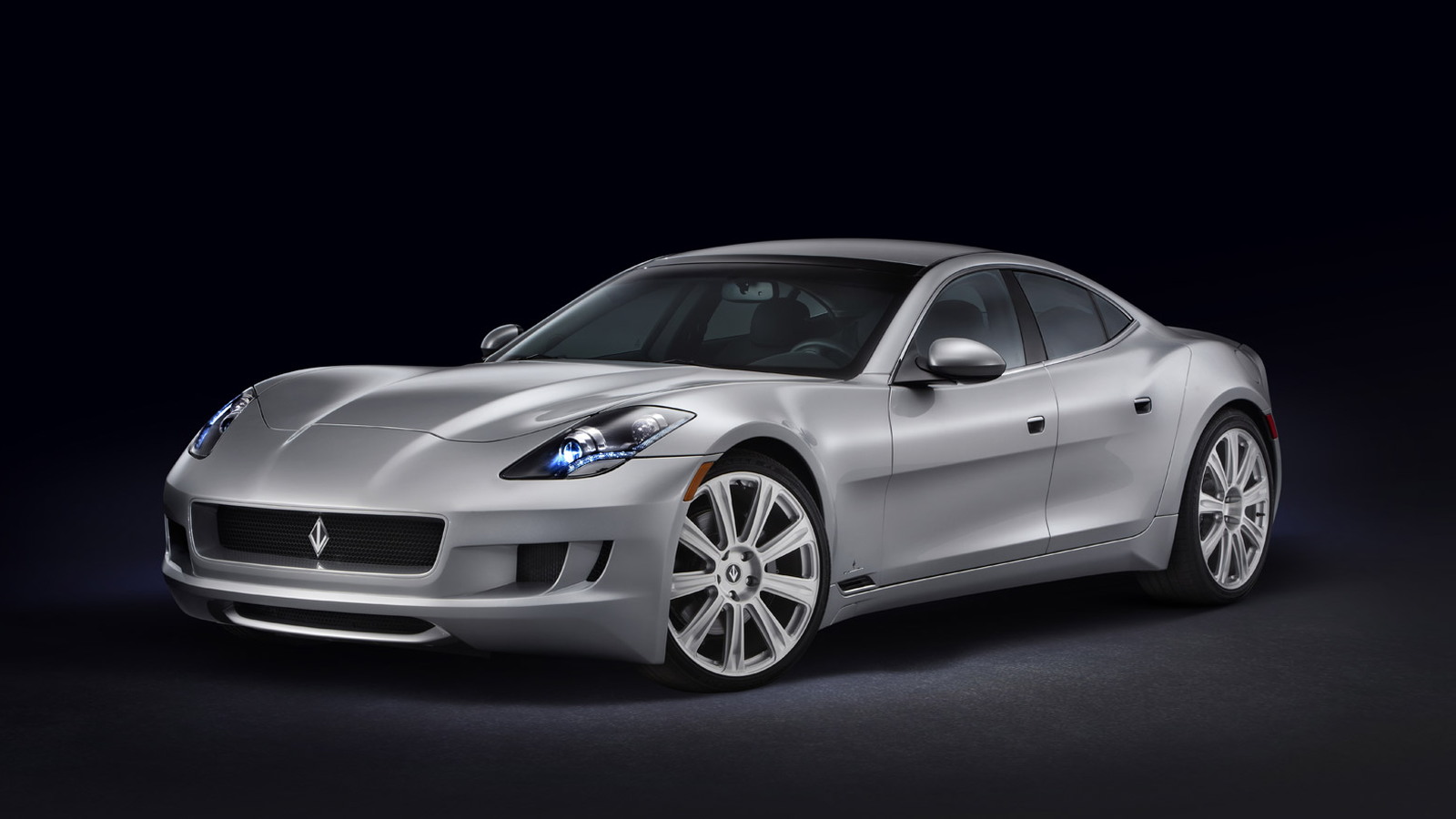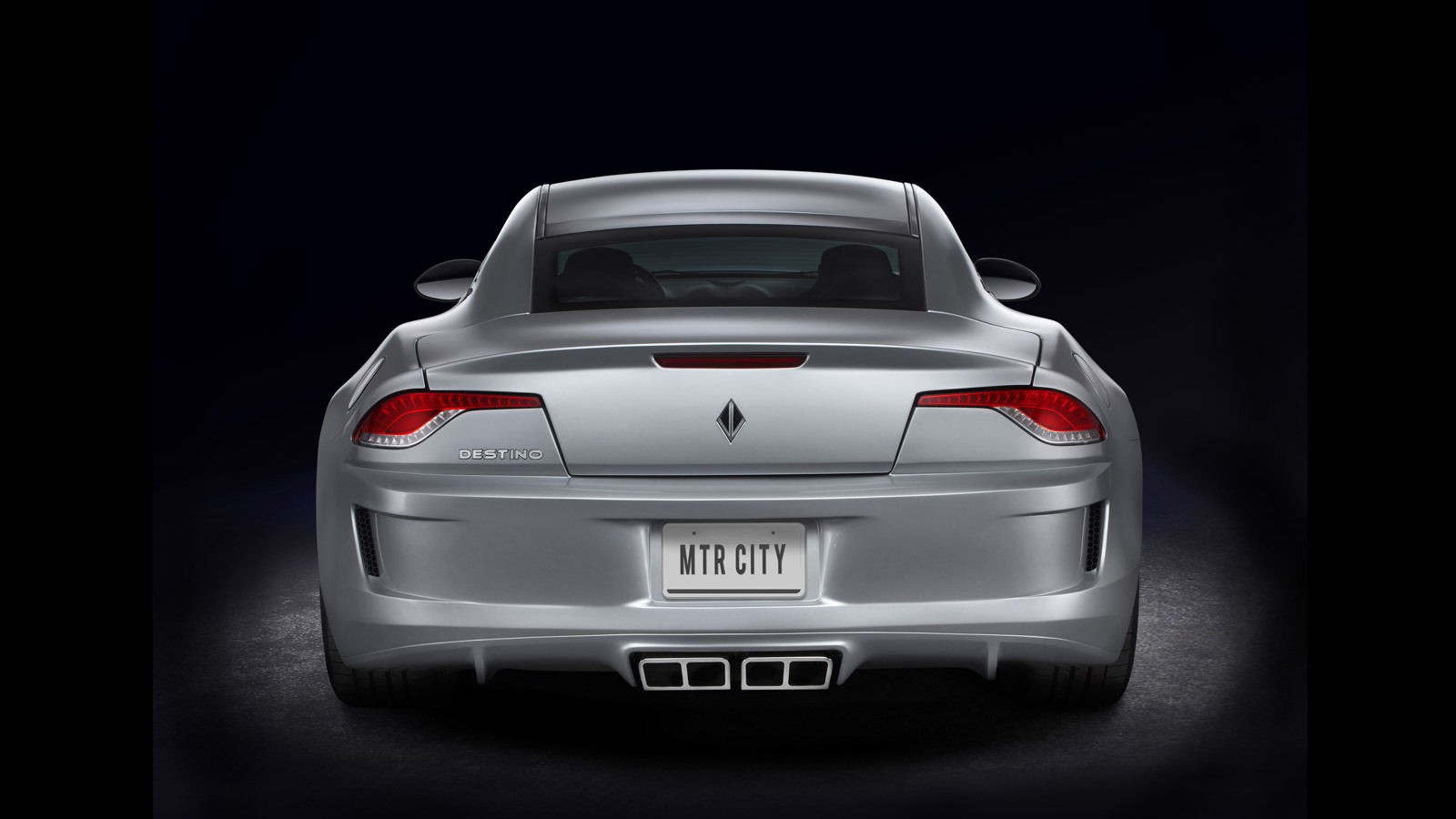Whether it’s mastering multiple languages, flying jet planes or developing cars like the Dodge Viper, Lutz has done it all. He’s even had a go at authoring a couple of books.
Now Lutz has done something we’re sure many of you, at least at one point, have considered a brilliant idea: swapping the complex and heavy extended-range electric drivetrain in the Fisker Karma for a good ol’ V-8.
Working with entrepreneur Gilbert Villereal, Lutz has helped form the new company VL-Automotive, whose first product will be a Fisker Karma powered by one of the V-8 engines found in the Chevrolet Corvette. VL-Automotive is calling the ‘Vette-powered Karma a Destino, and anyone interested in the car can see a prototype at this week’s 2013 Detroit Auto Show.
The show car is powered by the range-topping LS9 engine from the Corvette ZR1 supercar, which means it’s outputting at least 638 horsepower and 604 pound-feet of torque. VL-Automotive says the Destino can be fitted with the choice of manual or automatic transmissions and even the latest 2014 Chevrolet Corvette Stingray’s new LT1 V-8 could be installed should a customer desire.
VL-Automotive is in the process of developing a distribution network and will initially build the Destino on a first-come, first-served basis. Customers will have the option of customizing the exterior color and interior trim.
The company is still testing its prototypes and plans to start production later this year at a facility in Auburn Hills, Michigan. It’s not clear if VL-Automotive is converting existing Karmas or getting rolling chassis direct from Fisker.
The exact details of the conversion are being kept secret but the company essentially replaces the Karma’s 2.0-liter range-extender with GM’s compact small block V-8. The exhaust piping and transmission then squeeze into the battery tunnel running the length of the car.
A new bumper with additional cooling vents is fitted up front (you’ll note the Karma’s questionable mustache grille is now gone), while the rear bumper is also swapped for a unit with integrated exhaust tips.
Considering the output of the LS9, as well as the lighter weight of the drivetrain compared to the Karma’s extended-range setup, we suspect the performance of the new Destino will be on par with other super-sedans such as the Porsche Panamera and Aston Martin Rapide. The Karma’s bespoke interior also means the Destino should be able to match its rivals when it comes to luxury too.
Interestingly, Fisker founder Henrik Fisker originally starting building cars in a similar manner to what VL-Automotive is doing now. Before he started Fisker Automotive, Fisker was running Fisker Coachbuild, which would take high-end models from BMW and Mercedes-Benz and customize them into uniquely-styled vehicles.



